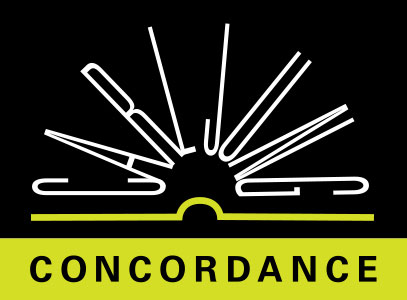The motif appears in two dream images of an eight-year-old boy who was rather afraid of his father:
The terrifying spectres of a black man and a black snake threaten the dreamer as well as his mother. “Black” indicates something dark, the unconscious
CW4 ¶ 737The dream shows that the mother-child relationship is menaced by unconsciousness
CW4 ¶ 737The threatening agency is represented by the mythological motif of the “father animal”; in other words the father appears as threatening
CW4 ¶ 737This is in keeping with the tendency of the child to remain unconscious and infantile, which is decidedly dangerous
CW4 ¶ 737For the boy, the father is an anticipation of his own masculinity, conflicting with his wish to remain infantile
CW4 ¶ 737The snake's attack on the boy's face, the part that “sees,” represents the danger to consciousness (blinding)
CW4 ¶ 737This little example shows what goes on in the psyche of an eight-year-old child who is over dependent on his parents, the blame for this lying partly on the too strict father and the too tender mother
CW4 ¶ 738The boy's identification with his mother and fear of his father are in this individual instance an infantile neurosis, but they represent at the same time the original human situation, the clinging of primitive consciousness to the unconscious, and the compensating impulse which strives to tear consciousness away from the embrace of the darkness
CW4 ¶ 738UNIVERSAL MOTIF OF DIVINE HERO'S
FIGHT WITH THE MOTHER DRAGON
Because man has a dim premonition of this original situation behind his individual experience, he has always tried to give it generally valid expression through the universal motif of the divine hero's fight with the mother dragon, whose purpose is to deliver man from the power of darkness
CW4 ¶ 738This [hero] myth has a “saving,” i.e., therapeutic significance, since it gives adequate expression to the dynamism underlying the individual entanglement. The myth is not to be casually explained as the consequence of a personal father-complex, but should be understood teleologically, as an attempt of the unconscious itself to rescue consciousness from the danger of regression
CW4 ¶ 738